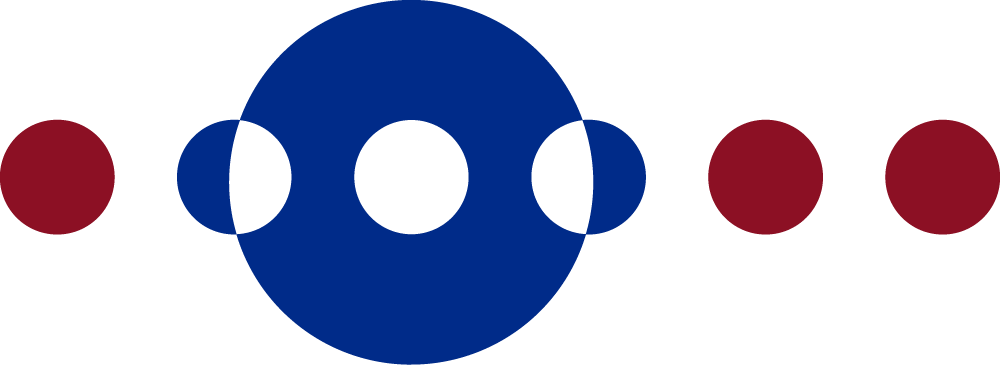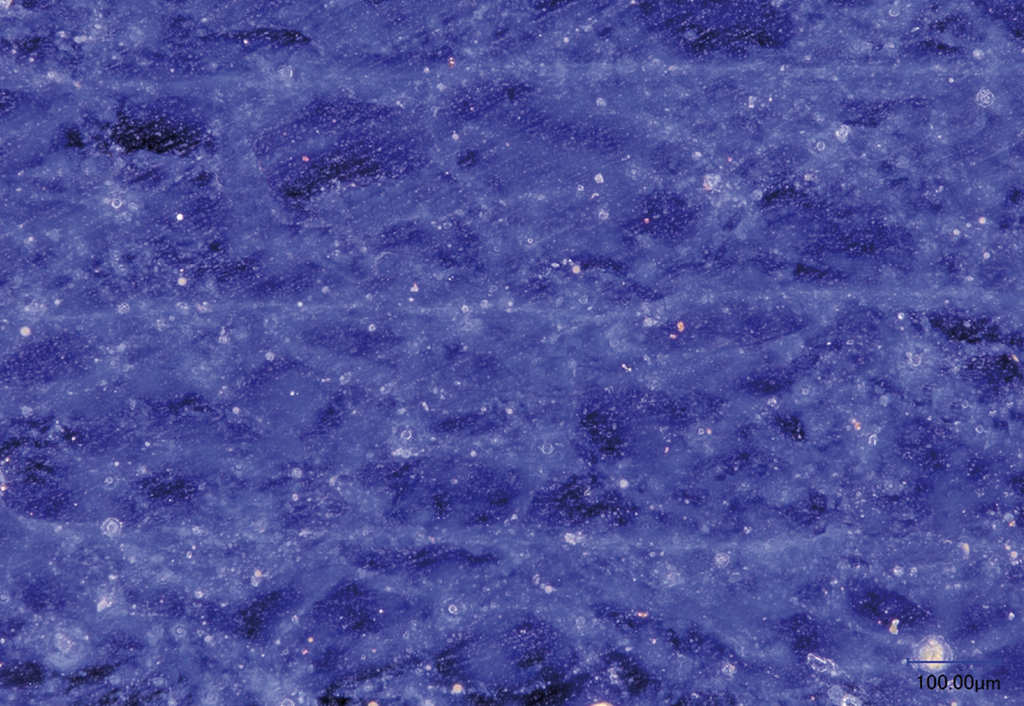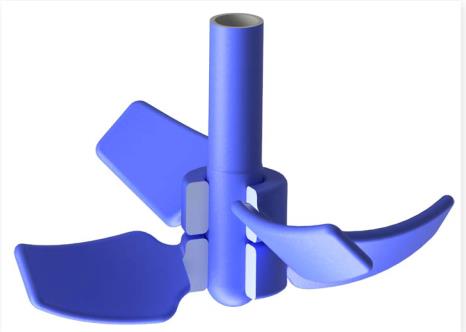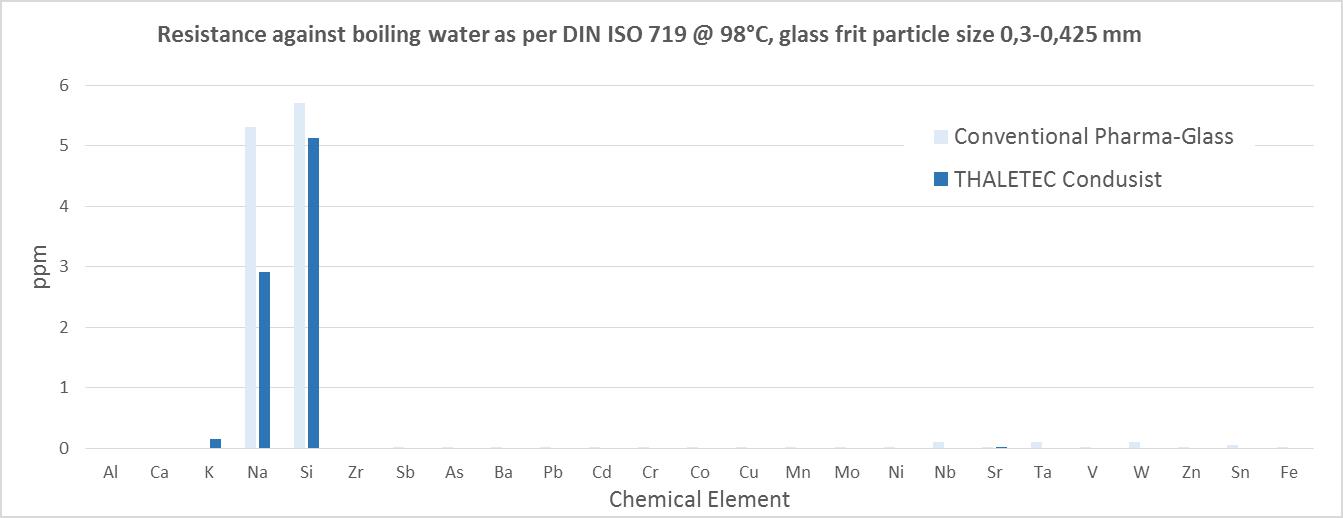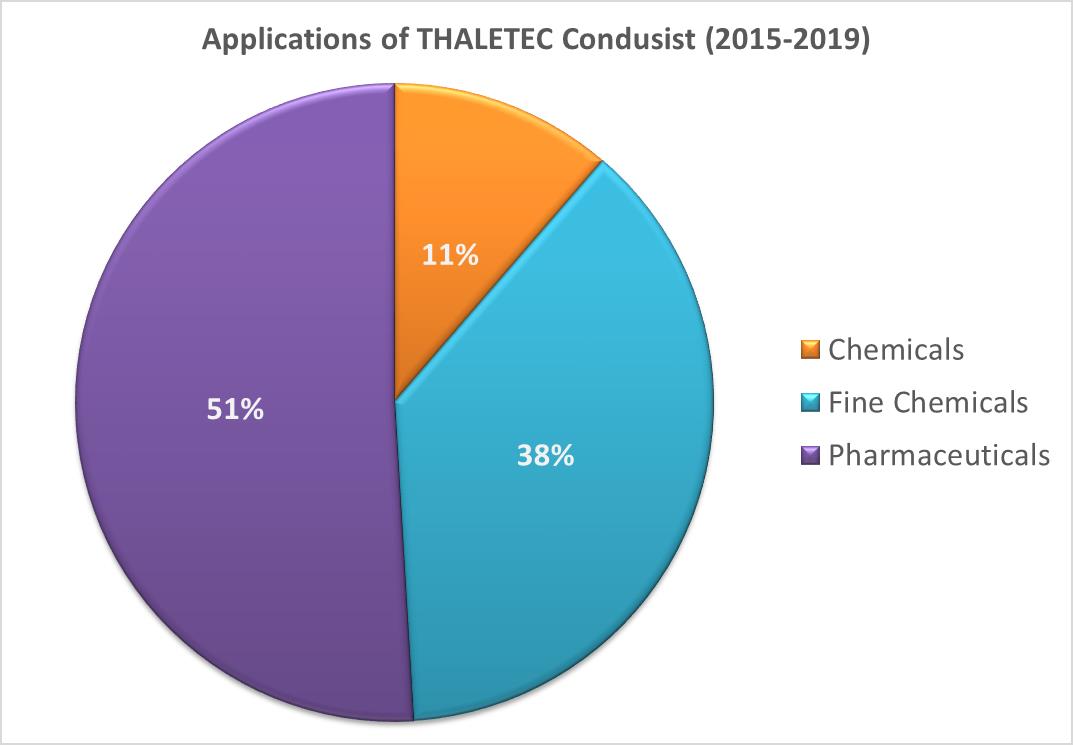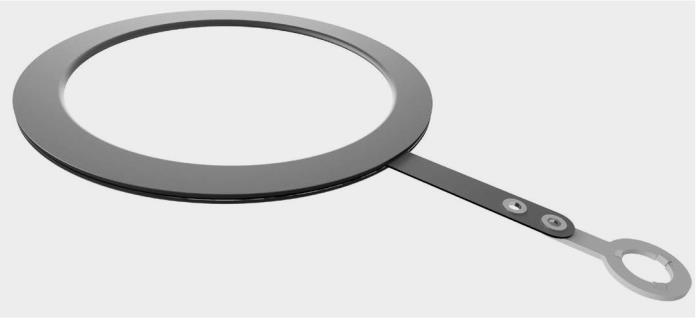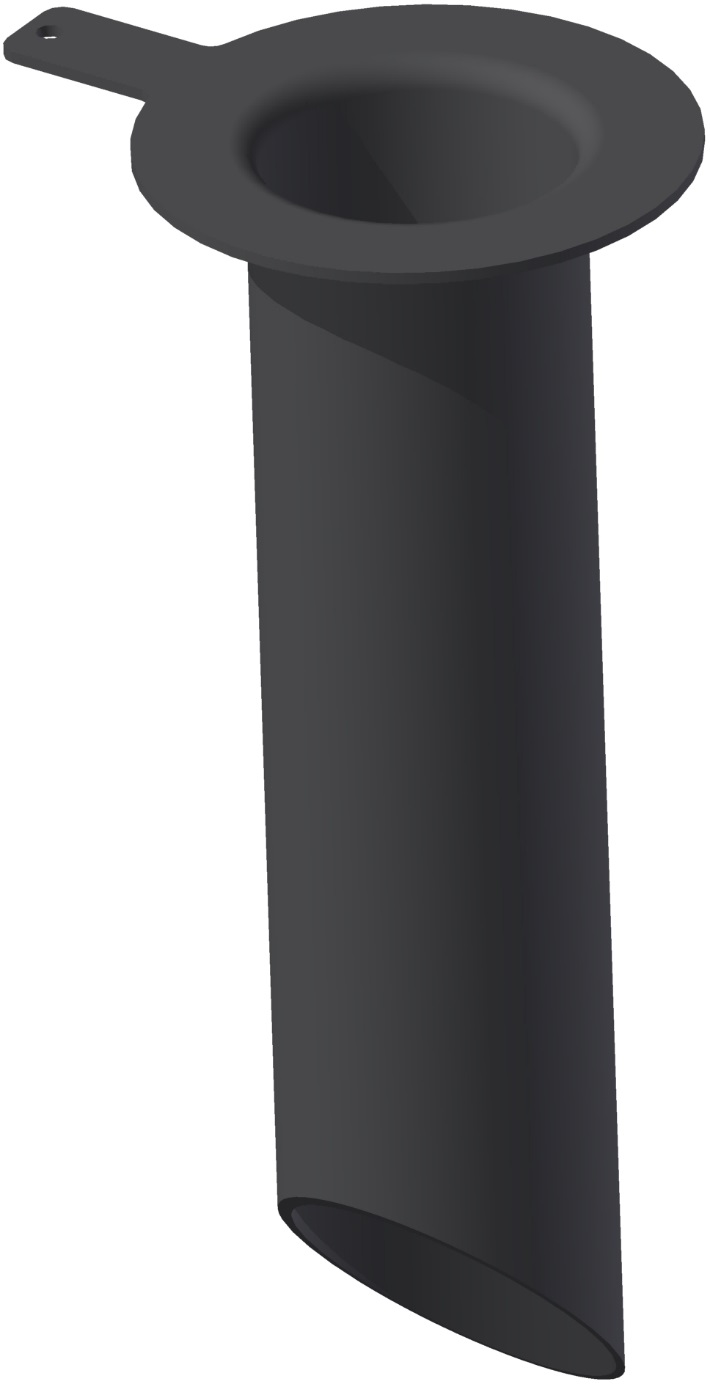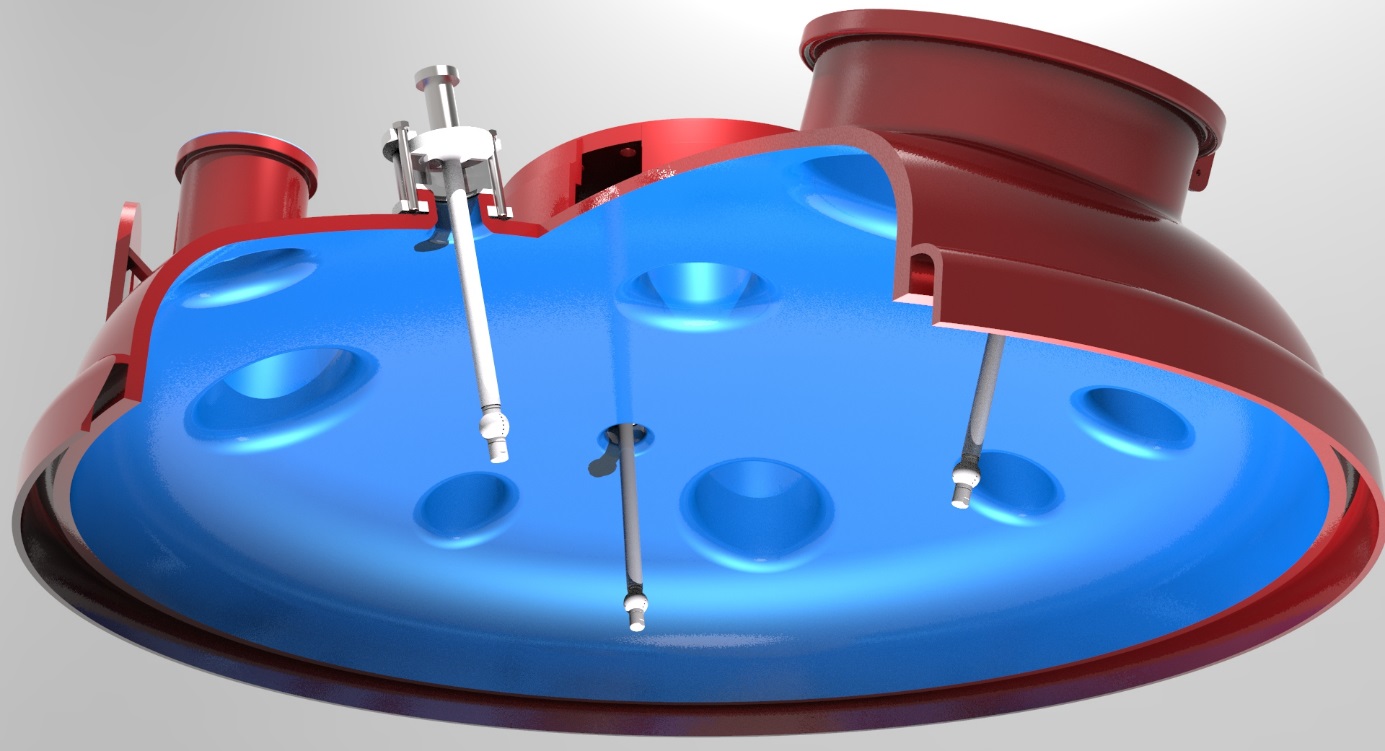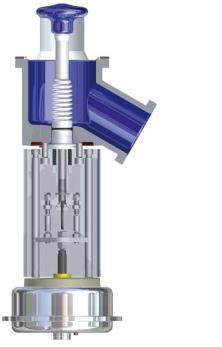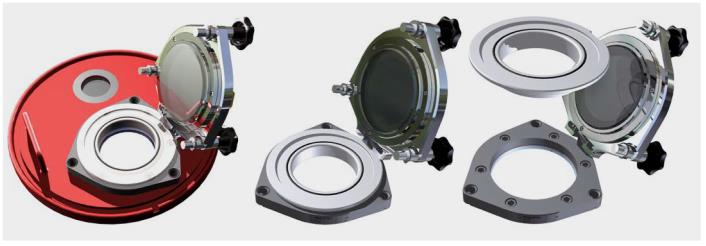More than 700 times glass-lined conductively
In THALE-mail 72,May 2015 issue, we introduced the new electrically conductive technical glass ‘THALETEC CONDUSIST’ for the first time. Now we can announce an impressive success: Over 700 reactors, tanks, stirrer shafts, agitator units and other components have been conductively glass-lined with THALETEC CONDUSIST since its introduction onto the market and delivered!
CONDUSIST conductive glass lining
When electrically non-conductive solvents and other non-conductive media are mixed and introduced, static electricity is created. This static electricity may increase such that it discharges through an electrically insulating glass-lining layer of the container and components and leads to damage to the glass-lining layer.
The patented glass lining THALETEC CONDUSIST, which has proved itself time and again in practice, continuously diverts electrostatic charges from the glass-lined reactor and thus prevents damage to the glass lining layer. Moreover, the risk of a spark being ignited is reduced and the application area of glass-lined equipment is significantly extended.
CONDUSIST diverts the electrical charge from the surface of the glass lining in contact with the product. The residual charge is approximately 1% of the electrical charge of a conventional technical glass lining. CONDUSIST glass lining consists of an electrically conductive ground coat and several cover coat layers, which are also electrically conductive. Ground and cover coats contain ceramic semi conductive particles (not acting catalytically!) arranged in a network-like pattern, which divert the electrical charge to the steel body of the glass-lined component.
The main advantages of THALETEC CONDUSIST are:
- The entire glass-lining layer is electrically conductive; thus conductivity remains even after corrosive attack of the glass lining until its limit of use
- Chemical resistance of THALETEC CONDUSIST corresponds to that of the well-known RAS glass
- CONDUSIST has no catalytic action
- Color light blue, similar to THALETEC TPE 2000 (Pharma Glass) for the manufacture of active pharmaceutical ingredients
- All relevant components can be made with an antistatic glass lining based on THALETEC CONDUSIST
- Glass lining according to the known quality criteria of DIN EN ISO 28721-1
- CONDUSIST can be tested by means of a high-voltage test (5 kV AC)
- CONDUSIST is particularly suitable for the initial glass-lining process within the scope of the manufacturing process of glass-lined equipment and components, as well as for reglassing.
- CONDUSIST is light blue in colour which is greatly preferred by the manufacturers of pharmaceutical agents and such companies for which a visual inspection of the equipment is relevant following a cleaning cycle
It is also worth mentioning that split agitators for glass-lined reactors, the agitator shaft and agitating element of which are connected by friction contact with the aid of a thermal interference fit, do not require additional conductive elements in the shaft-hub connection in order to ensure the conductivity of the glass lining of the agitating element (Illustration 2).
What's inside stays inside
The leaching test according to DIN ISO 719 describes a procedure to determine the substances dissolving from the glass lining when they are stressed through boiling water. During the test, glass grit is leached out at 98°C for 60 minutes. The dissolved elements are then determined.
Illustration 3 shows the result of a leaching test according to DIN ISO 719 for THALETEC CONDUSIST as well as for conventional ‘Pharma-Glass’, which is at the technical level of 2001.
It can be clearly seen that, as with all glass linings, the elements sodium and silicon in particular are leached out. Since sodium and silicon are also the main components of all technical glass, this is not surprising either. It can also be seen that THALETEC CONDUSIST has lower leaching values than conventional Pharma-Glass due to its strong chemical resistance vis-à-vis these elements. Compared with conventional Pharma-Glasses, CONDUSIST only shows perceptible leaching effects with potassium, whereas a conventional Pharma-Glass also shows leaching effects with niobium, tantalum, tungsten, strontium and tin.
It should be emphasised in particular that the network former contained in THALETEC CONDUSIST for achieving electrical conductivity is not leached out.
CONDUSIST for all cases
The 700-plus orders delivered by THALETEC since 2015 were divided equally between chemical and pharmaceutical applications. Chemical applications are in turn dominated by fine chemicals.
Reglassing with CONDUSIST is possible
Important to know: THALETEC can re-glass your existing glass-lined appliances with CONDUSIST, even if they have been manufactured by other European manufacturers. With reglassing, it is thus possible to upgrade existing technology at a manageable cost. Contact us - we will be happy to advise you!
Conductive glass lining is fundamental – but it’s not the only thing!
Of course, glass lining is crucial for optimising equipment to avoid damage by electrostatic discharge and to increase operational safety. However, the glass lining is not the only thing: attachments built onto the glass-lined equipment must also be suited to the application in electrostatic processes.
THALETEC is therefore now offering a comprehensive range of accessories for glass-lined equipment in processes with the risk of electrostatic charges. These include, for example:
- Electrically conductive THALETEC CONDUSEAL flange gaskets
- Electrically conductive feed pipes
- Electrically conductive cleaning nozzles for CIP cleaning
- Bottom outlet valves with electrically conductive bellows and valve seats
- Quick-closing cover with electrically conductive contoured seat
THALETEC CONDUSEAL, according to Flyer K100, is an electrically conductive flange gasket with geometry in accordance with DIN 28148 and with earthing connection for glass-lined equipment. It is thus preferably used where electrostatic discharges occur in the equipment as a result of process management or the media. CONDUSEAL flange gaskets are therefore also used when the glass-lined equipment is fitted with an electrically conductive glass lining, such as THALETEC CONDUSIST (Flyer K098).
The CONDUSEAL flange gasket consists of a PTFE envelope with soft insert material to which an earthing strap of conductive PTFE is attached. At the end of the strap is a stainless steel earthing washer which is positioned under one of the loose-bolted screws. The washer has a toothing which serves to ensure a secure electrical contact when the flange screw is tightened. Alternatively, the earthing strap can be screwed via a second stainless steel hollow rivet directly with existing earthing bolts.
THALETEC CONDUSEAL flange gaskets are available in nominal sizes DN 25 to DN 600. The materials in contact with the product which are used are FDA-approved and have an ADCF certificate.
Electrically conductive feed pipes
Virgin PTFE (white) is not electrically conductive per se. By aggregates embedded in the PTFE sintered mass and then incorporated in it during sintering of the component, PTFE can be made electrically conductive. In this case the colour of the components changes from white to black.
Feed pipes used to protect tank nozzles and keep the introduced media (liquids or solids) away from the tank wall are available from THALETEC in both virgin and also electrically conductive PTFE with FDA-approved PTFE for nominal sizes DN 25 to DN 400 (Spares Catalogue K048). The straight standard feed pipes are designed lengthwise in such a way that they are approximately twice as long as the cylindrical area of each tank nozzle. In addition, the end of the feed pipes is provided with an angled portion to ensure the defined outflow of liquid residues. The electrically conductive feed pipes are provided with an earthing strap. This is essential to ensure the earthing of the otherwise unearthed component in the installed condition.
Electrically conductive CIP systems
Glass-lined equipment is frequently cleaned using CIP systems. These consist of rotating or static spray balls which forcefully distribute a cleaning medium in the tank. In this way, residues are dissolved and washed away. With the ‘RotoCIPPY’ and ‘StatiCIPPY’ systems (according to Flyer K082), THALETEC offers two spray systems which have been specially developed to meet the requirements of glass-lined equipment. If non-conductive solvents are used for cleaning, the cleaning nozzles should be made of electrically conductive materials. THALETEC therefore also offers both spray systems in a conductive version with an FDA and ADCF certificate.
Bottom outlet valves
The valve seat of bottom outlet valves (Flyer K016) is also made of PFTE. For processes with non-conductive electrical media and the risk of electrostatic charge, valve seats can also be made of electrically conductive FDA-approved PTFE. As is the case with the feed pipes, it is also extremely important that valve seats should be earthed once fitted.
In addition, the easy-to-clean bellows are also made of conductible PTFE. Because of that, electrostatic charges are also excluded at this point.
THALETEC QuickPort quick opening cover
The THALETEC QUICKPORT manhole cover (Flyer K022) is a manhole cover system on which a quick-opening cover of DN 150 nominal diameter is mounted in addition to a seal-less fused sight glass. The quick-opening cover was developed on the basis of the latest findings and systematic evaluation of customer experiences. All known disadvantages of quick-opening covers of glass-lined equipment have been eliminated. The quick-opening cover is made entirely of stainless steel and has a sight glass made of high-quality borosilicate glass with a viewing range of a full 150 mm. A seal seat of a high-quality, electrically conductive and GMP-compliant PTFE compound serves as a sealing element and at the same time as a feed envelope and drip guard. Additional options, such as a terminal adapter, a screw plug, which simultaneously serves as a key to prevent unauthorised opening of the quick-opening cover, and a locking bolt, which prevents accidental closure of the quick-opening cover, complement this innovative cover. The second sight glass on the manhole cover can be used for a light, whereby the tank aperture otherwise used as a lighting assembly opening is available as a process connection.
Important: Inertization still required!
Every now and then it is suggested by other manufacturers of glass-lined equipment and components that when using conductive glass linings and conductive installation parts the requirements of explosion protection have been sufficiently met. That is not the case! Completely independently of the measures taken, it is absolutely essential to avoid potential ignition where there is a danger of explosive atmospheres arising in the equipment. This can be achieved by rendering the gas space of the equipment inert.
Would you like some advice? Talk to us!
This article describes in essence all useful and practical technical solutions for creating and ensuring electrical conductivity in glass-lined equipment. Talk to our experts if you still have questions. Just contact your area manager if you require further advice on the topic of electrostatics. Or send a short email to process@thaletec.com. We will reply promptly.
Getting to know measures for handling electrostatics
In one of our seminars (see Flyer K101) you can learn more about the development, dissipation and safe handling of electrostatics in glass-lined equipment. We will show you how you can avoid damage to, and the failure of, your equipment with preventive measures.



